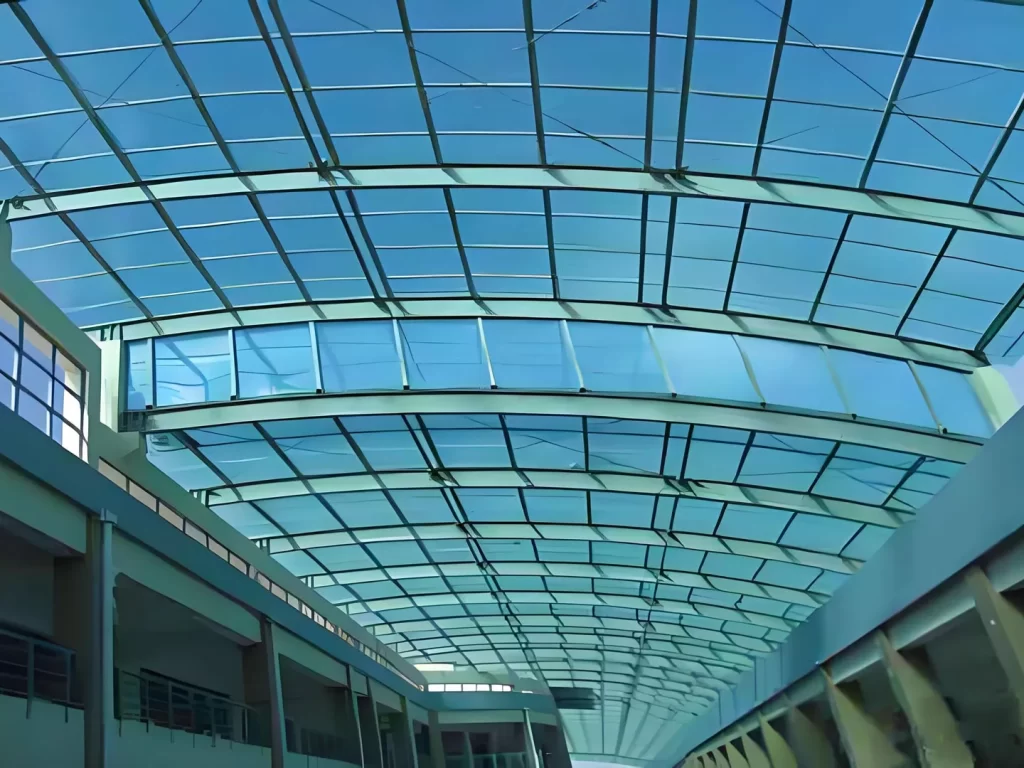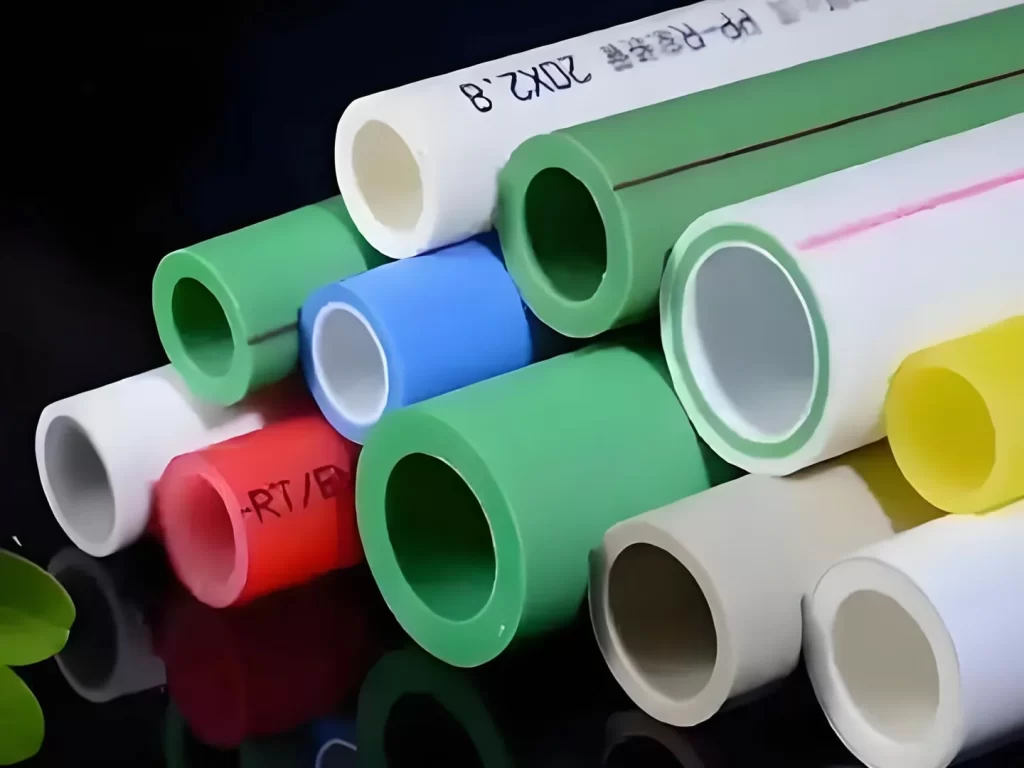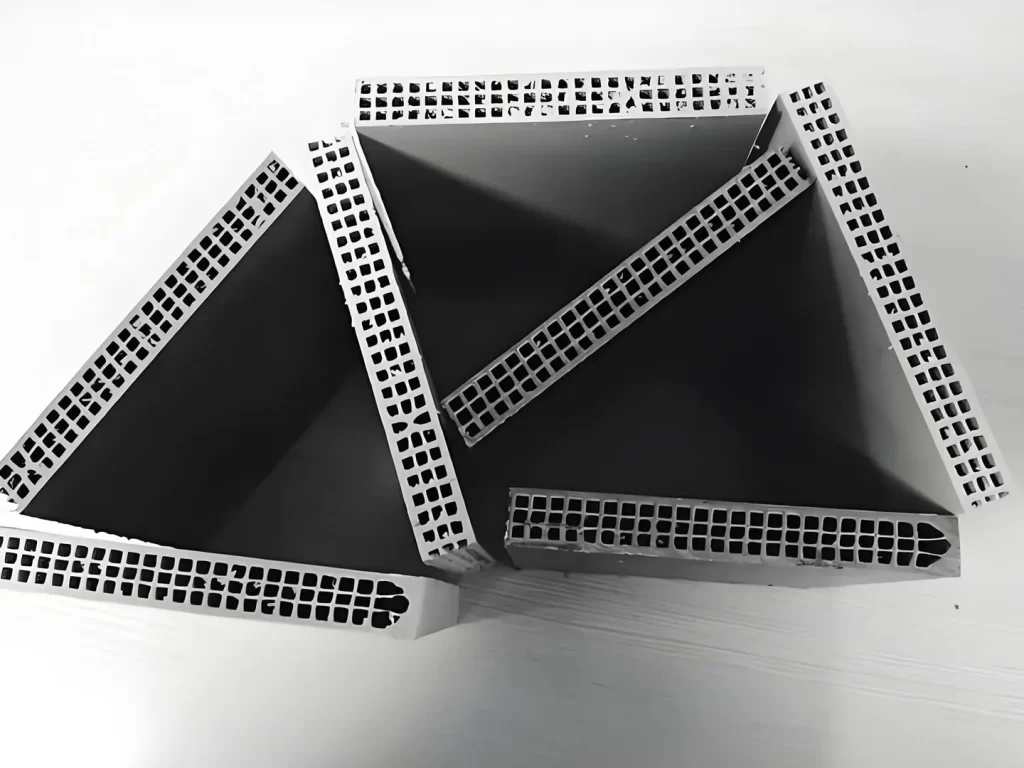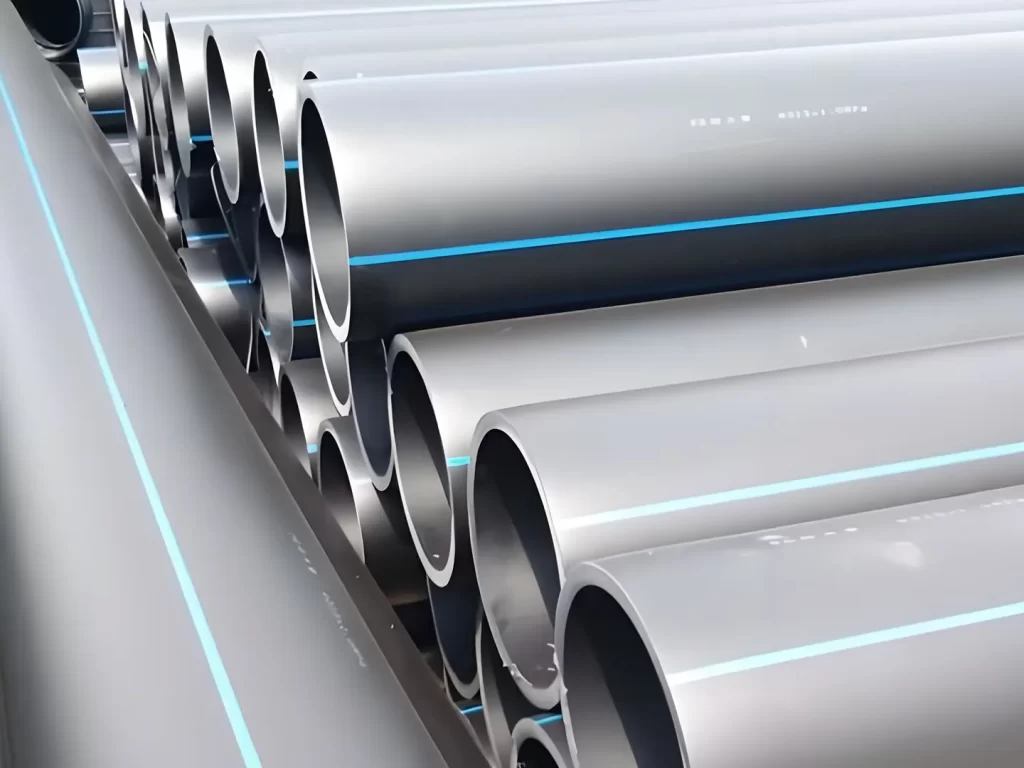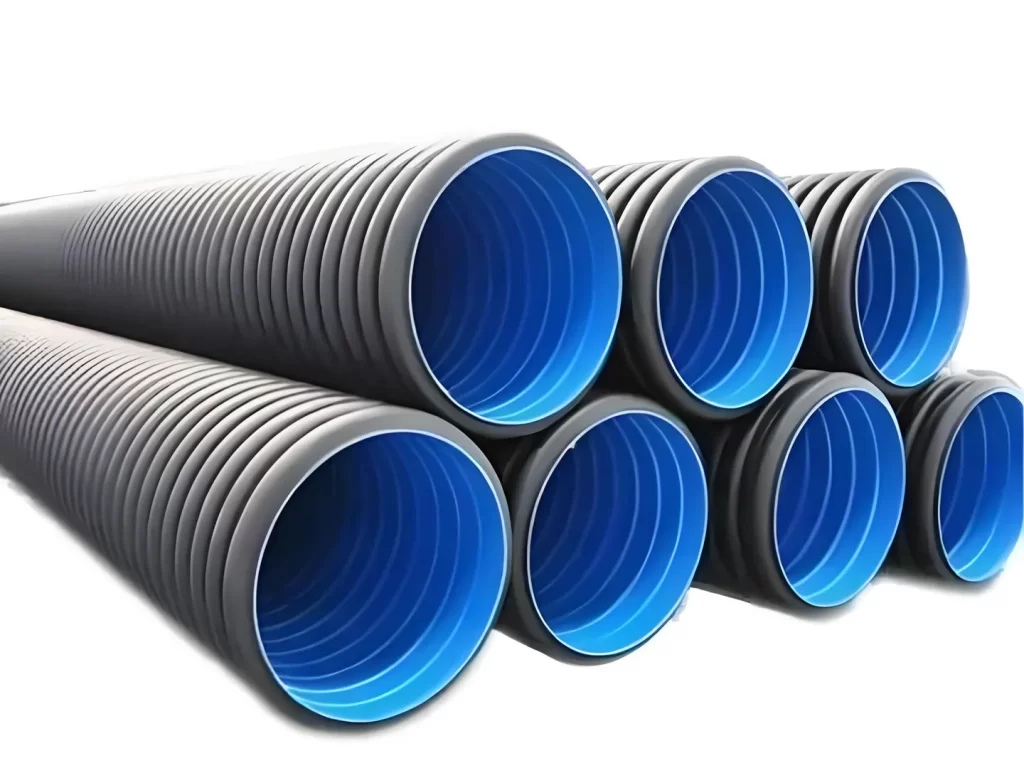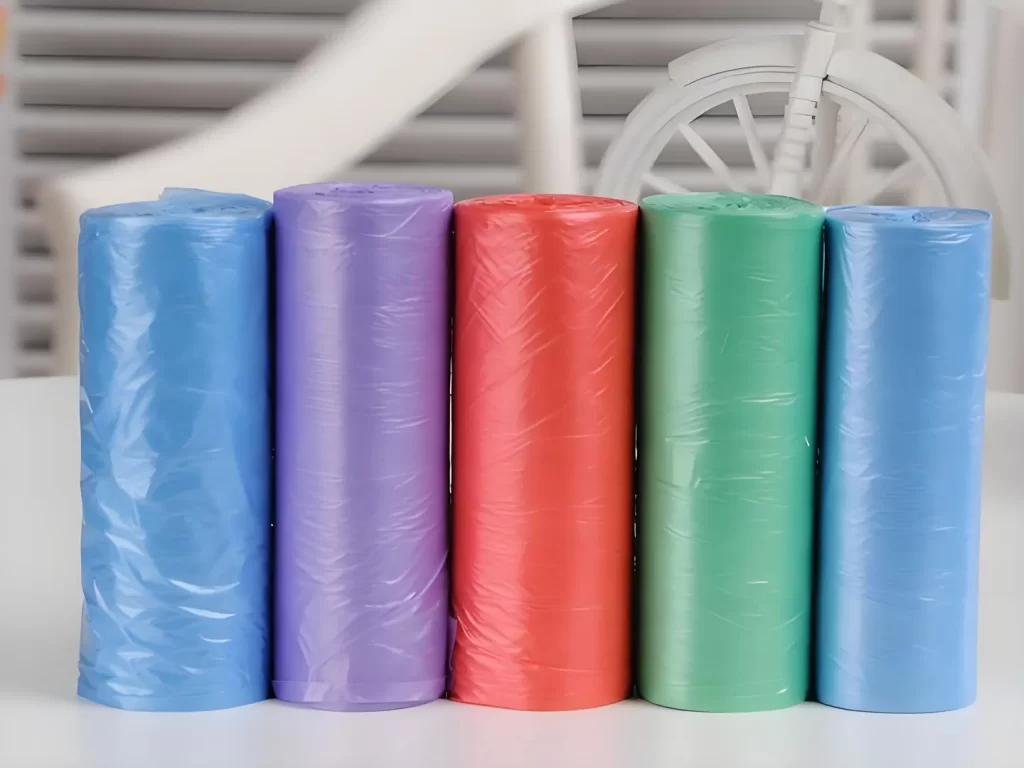



Plastics used in construction and architecture primarily include polypropylene (PP), polyethylene (PE), polyvinyl chloride (PVC), and polycarbonate (PC), primarily for formwork, pipes, and insulation.
PP boasts heat resistance (melting temperature 160-170°C), lightweight (density 0.90-0.919 g/cm³), and excellent chemical stability. It is widely used in building formwork and daily necessities containers (such as soy milk bottles and microwaveable lunch boxes). PP building formwork can be recycled over 150 times and is suitable for projects such as residential buildings and bridges. It offers strong weather resistance, water resistance, and corrosion resistance.
PE is resistant to low temperatures (-100°C to -70°C) and has excellent chemical stability. It is commonly used in packaging materials such as agricultural films and plastic wrap. However, please note that HDPE plastic wrap may release harmful substances when exposed to high temperatures and is not recommended for reuse or food packaging. 14
PVC pipes are highly corrosion-resistant and are commonly used in building water supply and drainage systems and for wiring protection. Their lightweight construction reduces installation complexity, but caution is advised as processing may release hydrogen chloride gas. 4
PC offers high transparency and impact resistance and is commonly used in applications such as skylights and safety glass. However, PC is relatively expensive and susceptible to UV rays, so its selection should be tailored to specific project requirements.
